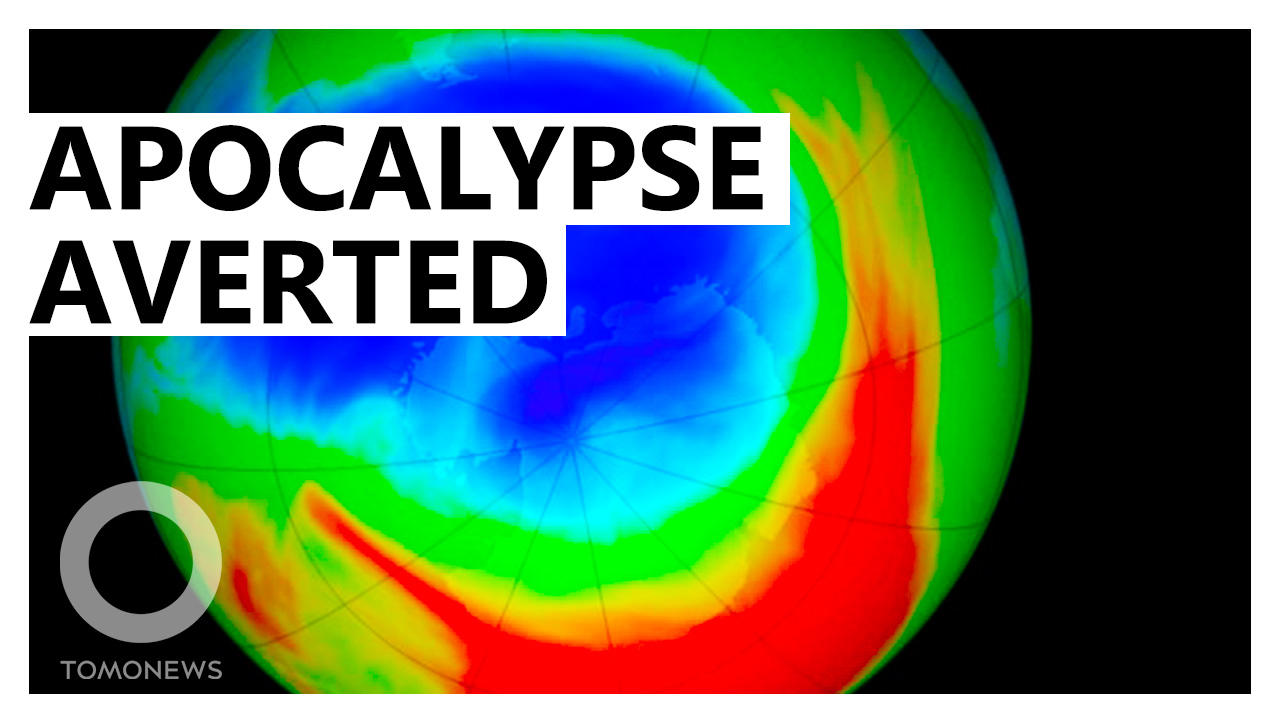Banning CFCs Saved Us From Apocalyptic Climate Change

Banning CFCs Saved Us From Apocalyptic Climate Change
MONTREAL, CANADA — If the world hadn't banned the chemicals that destroy the ozone layer with the 1987 Montreal Protocol, climate change would have significantly worsened global warming by the 2040s, according to a new study in the journal Nature.
The study found that a continued increase in chlorofluorocarbons, or CFCs, would have caused the ozone layer to collapse worldwide, which in turn would have led to a rise in ultraviolet radiation showering down on plants and animals.
Without the agreement, the study states the tropics would have lost 60 percent of their ozone coverage by 2100, with mass exposure to unfiltered radiation damaging plant tissues, dramatically stunting their growth and limiting their ability to photosynthesize.
According to Science Alert, a hole of that size would be even larger than the one that formed over Antarctica in the early 1980s, with the ultimate effect being that by 2100, damaged forests, soils and other vegetation would not have been able to absorb a total of 580 billion tons of carbon dioxide.
This would make the concentration of carbon dioxide in the atmosphere 40 to 50 percent higher.
That increase alone would cause global temperatures to rise by 0.8 degrees Celsius or 1.4 degrees Fahrenheit.
However, the CFCs themselves are also greenhouse gases, and they would have caused an additional 1.7 °C or 3 °F of global warming by 2100.
The total contribution to global warming increases that have been avoided through global commitment to the Montreal Protocol, then, is 2.5 degrees Celsius, or 4.5 degrees Fahrenheit, according to the study.
This sentiment matches the sentiment in the recent report by the U.N.’s Intergovernmental Panel on Climate Change.
In five previous reports, the world was on track for the hottest scenario, likely to involve temperatures 3.3 to 5.7 degrees Celsius higher than pre-industrial levels by the end of the century.
However, this time it is on track for a position between the next two scenarios down, with temperature increases between 2.1 and 4.6 degrees Celsius, because of recent progress to combat climate change, according to one report co-author who spoke to The Associated Press.
